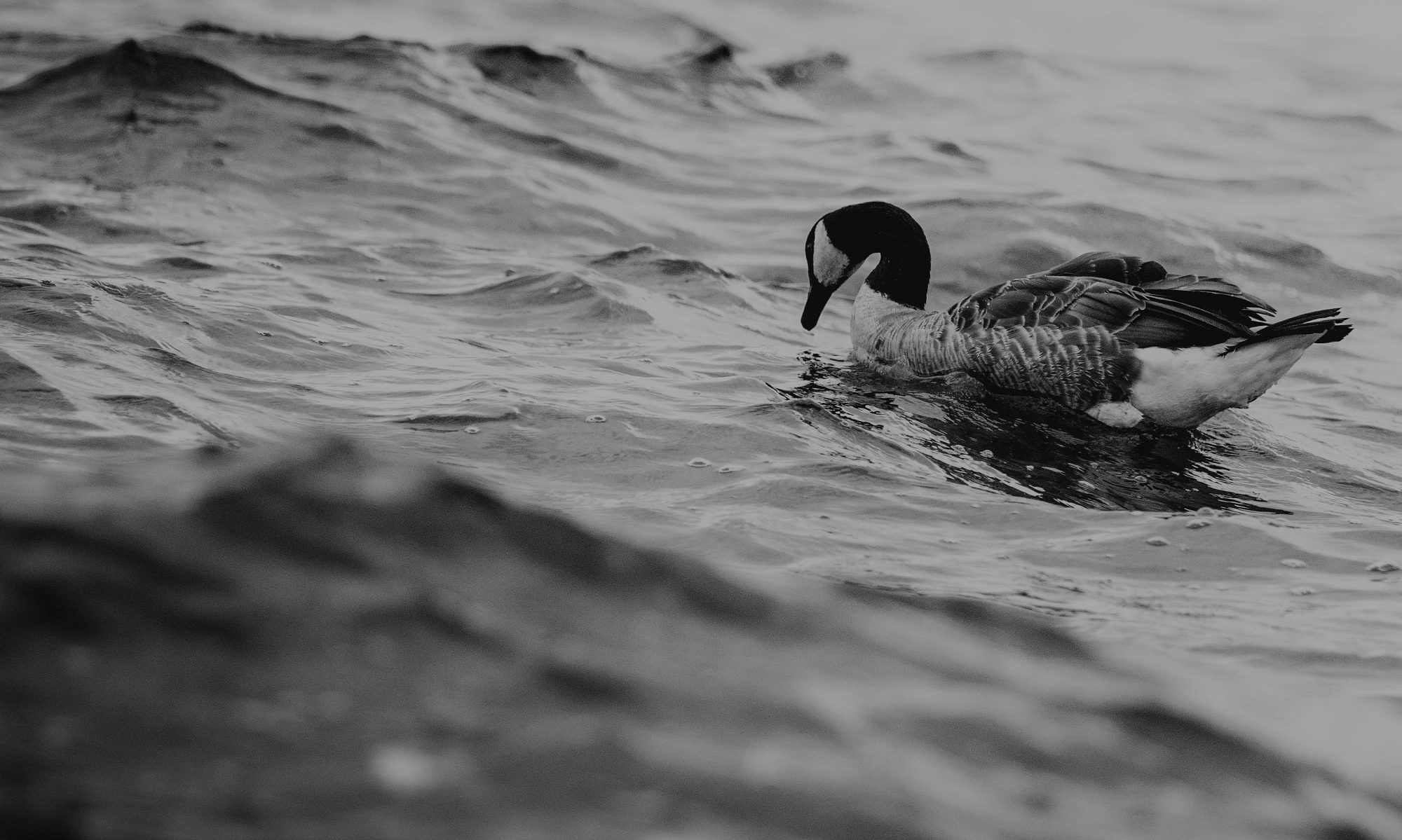Author
László Ketskeméty
Mini Project ID
BMEMPBEER1
Description
The DUCK brewery produces two types of products, a light and a brown beer. Product developers have also experimented with a third product, a liqueur produced by malt fermentation. Market researchers found in the stands set up in stores that consumers would welcome the new product if the price of the product did not exceed 60 euros per barrel. It was then examined how many barrels of malt liqueur production would be worth for the brewery. The development is strongly driven by the management of the plant, because the competing brewery, the DOVE brewery, has already launched a similar concentrated product, beer enriched with whisky. According to DUCK executives, the Whisky beer product is selling well, and the DUCK factory expects its new similar product to be able to drive its rival out of the market.
Management has no idea how much DOVE will realize with their new product, but if they want to squeeze them out, they can only market DUCK liqueur at some kind of advertising price. This will be unprofitable in the short term, but after the elimination of competition, the new liqueur may be dominant in the market, so the initial loss may pay off with great benefit.
What research questions should the answered?
Sector
VET
Data
N/A
Model
N/A
Calculation
N/A

Review M1S1 – DUCK beer.
You must be logged in to post a review.